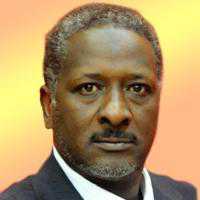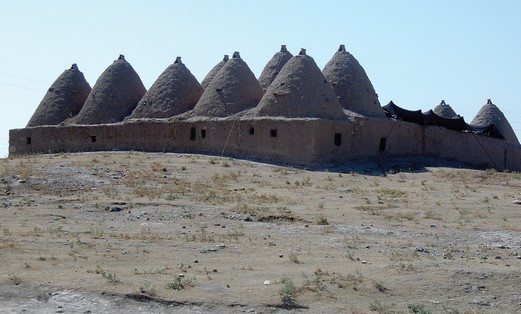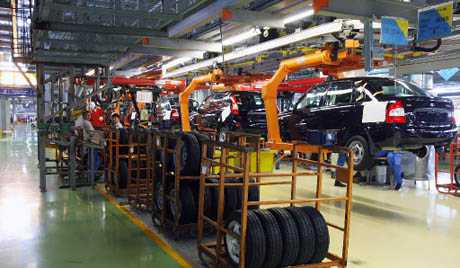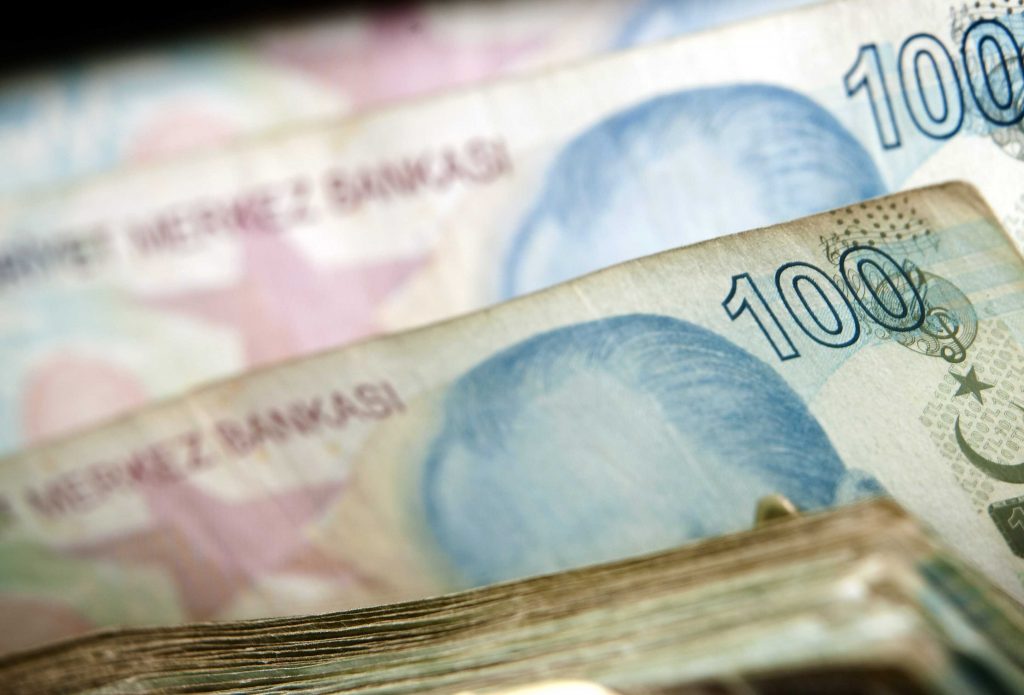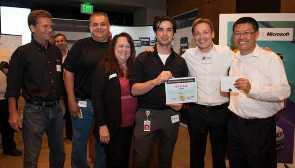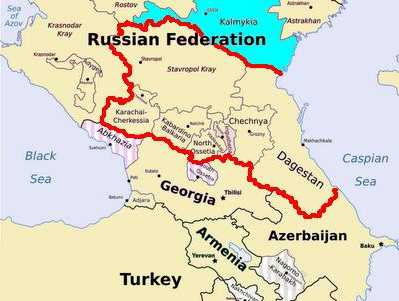
Gulnara Inandzh
Director, Ethnoglobus
An International Online Information and Analysis Center,
(ethnoglobus.az), editor of Russian section of Turkishnews American-Turkish Resource website www.turkishnews.com , mete62@inbox.ru
The North Caucasus, which is bordered by two regional states, Azerbaijan and Georgia, is strategically important to Russia. For the preservation of peace in the southern portion of the country, the federal center along with the use of force is conducting economic reforms meant to provide new work places, an improvement in the standard of living of the population, and a reduction in the amount of out-migration.
Economic weakness and a lack of social development in such a strategically important region represent a serious danger for the state integrity of Russia, because among the reasons that its citizens and especially young people in the south are turning to radical Islamist groups are poverty and unemployment. Consequently, Moscow believes that changes in these areas will turn people away from radicalism and return them to normal civic life.
Over the last several years, the Russian government, with this goal in mind, has begun the planned development of this region by means of the involvement of investors, including foreign ones. At the same time, however, considering the efforts of foreign governments to promote separatism, including in the North Caucasus, Russia has been quite cautious about any foreign role in the economy of that region and not allowed outside investors access to its economy. In particular, Turkish investors were pushed out of the region and Circassians now living abroad were not provided with opportunities to invest in their historical homeland.
Because it lacks geopolitical ambitions in the North Caucasus and because it has no desire to become the instrument of outside games in the region, Azerbaijan has become a successful and trusted source of capital investment in the economy of the south of the Russian Federation. Many factors have contributed to this, including Baku’s economic potential, the similarity of outlooks, natural infrastructure, a major market, among others.
The 2010 state border agreement between Baku and Moscow promoted the opening of the North Caucasus economic zone for Azerbaijani business. In the summer of 2011, A.G. Khloponin, the deputy head of the Russian government and the special representative of the Russian President to the North Caucasus Federal District, together with the heads of all North Caucasian republics, came to Baku to discuss Azerbaijani investments. Immediately after this, Azerbaijan’s economic development minister Shahin Mustafayev visited seven republics of the North Caucasus. That was followed by a series of business forums and meetings of businessmen. [1]
Reflecting its particular attention to economic cooperation with Azerbaijan in this area, the plenipotentiary representation of the Russian President in the North Caucasus created a special council for control over the execution of the decisions concerning the federal subjects in the region, and it has plans to open a representation of this plenipotentiary in Azerbaijan. As deputy plenipotentiary representative Sergey Subbotin observed, “Before the leaders of the North Caucasus Federation District have been given the task of developing relations with Azerbaijan and the time has come for checking the effectiveness of the measures taken to address this task. The effective resolution of all tasks depends in the first instance on effective control.” [2]
The involvement of Azerbaijani business is especially evident in the Stavropol and Krasnodar regions of Russia. In 2009, for example, Azerbaijan occupied third place in the amount of foreign trade with Stavropol, with its total being 123.3 million US dollars or 8.7 percent of the trade turnover of the kray. Azerbaijani trade turnover with Krasnodar in that year was 71.4 million US dollars.
Azerbaijan’s Azersun Holdings Company in the following year, to give but one example, opened a tea processing factory in Belorechensk in Krasnodar kray valued at more than three million US dollars annually. That company has begun construction of a new preserves factory for a similar sum. And that company alone has invested 22 million US dollars in the development of the infrastructure of Krasnodar kray. Furthermore, Azerbaijan’s Matanat-A company in September 2011 began building a construction materials factory in Krasnodar’s Uspensky District, a project estimated to cost 30 million euros.
Daghestan has the largest trade turnover with foreign countries, but the involvement of Azerbaijani business in that neighboring republic still remains at the stage of discussions. After the signing in 2010 of the inter-governmental agreement on cooperation in the rational use and protection of the water resources of the Samur River, the construction of a hydroelectric station on that river should permit the development of the infrastructure of Daghestan and Azerbaijani districts bordering it.
No less interesting is the project of the construction of a Trans-Samur highway (Derbent-Akhty-Rutul, across the Bagos pass by tunnel, and the construction of an Avar-Kakhti road connecting Botlikh, Buynaksk and Makhachkala) in order to supply southern Daghestan and Azerbaijan. The new highway will provide access into and out of Southern and Mountainous Daghestan. [3]
Azerbaijani capital is involved in the agricultural and construction sectors of the North Caucasus Federal District. A Stavropol company has reached agreement with the Azerbaijani agricultural ministry about a tender to sell agricultural technology produced there to the Azerbaijani Republic.
There has also been cooperation in tourism and resorts. Because the North Caucasus has resorts developed in Soviet times and even further back, Azerbaijani businessmen are finding that Moscow is extremely interested in involving them in the redevelopment of these facilities. A. Khloponin has suggested that Moscow will provide state guarantees and insurance for investments in this area. [4]
It is clear that there is a need to establish free trade zones in this region in order to allow for the freer flow of goods and services and workers between southern Russia and Azerbaijan and to provide a framework for attracting additional Azerbaijani investors. And that may happen given that the Russian side is seeking to move economic relations between Azerbaijan and the North Caucasus Federal District beyond just trade. All this shows—and this is the key point—that Russia now trusts its southern flank to Azerbaijan.
Notes
[1] See (accessed 14 November 2012).
[2] See http://fineko/abc.az (accessed 14 November 2012).
[3] See https://www.turkishnews.com/ru/content/2012/11/06/ (accessed 14 November 2012).
[4] See http://fineko/abc.az (accessed 14 November 2012).
sourse ADA Biweekly Newsletter

